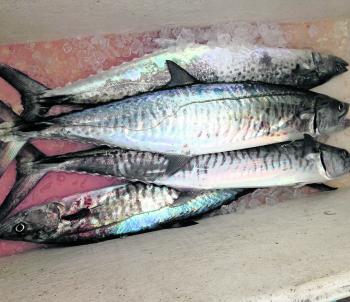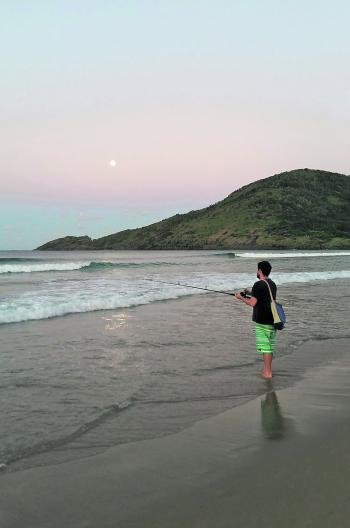Within a blink of an eye, it seems that summer has once again passed and shorter, cooler days will become the norm.
This year, 1 May marks the first day of the closed season for bass in NSW waters, meaning these fish can still be targeted, however, all fish must be returned to the water unharmed to provide minimal interruption to the species’ breeding cycle. The majority of the bass will move down into the salt water or at the very least, brackish zones, to spawn.
Lack of rain in the catchment this summer may result in some fish remaining in the deeper holes where some of the rapids have become dry. However, one decent downpour could change that situation very quickly.
Cooler changes in the lower Macleay will see a decrease in action on the sand flats with resident species like flathead and whiting returning to the deeper holes, especially around structure where food will still be plentiful.
Bream and blackfish are starting to be found in large schools down in the first few kilometres of the river, concentrating mainly along the rock wall. Large mulloway and flathead will become increasingly active around these schools of spawning fish. Large soft plastics, hardbodied lures and live baits become almost irresistible to these fish when they are in this mode.
Large schools of medium size kingfish have been residing in the Macleay River for the best part of a year now and they can be seen quite regularly busting up on any schools of bait that are present. A high tide change around dawn or dusk is a good time to locate these fish. Stickbaits, metal lures and 7” plastics are the best lures for trying to capture these fish, as well as a humble old live bait. It pays to fish quite heavy when chasing these kingfish from the rock walls, as they will duck for cover under the ledges if you give them half a chance.
Moving offshore, and we are heading towards the end of the pelagic season for this area. Mackerel numbers are still fair and the majority of fish are of a larger class. Catching mackerel at this time of year can be quite frustrating at times as these fish have come a long way and have had just about everything thrown at them by the time they reach our coastline and the tail end of their run. Sometimes, it is even required to ditch wire completely and settle for fluorocarbon leader in order to even get a strike from these fish.
Longtail and yellowfin tuna are around the place in good quantities. There have been some quite large longtail tuna, while the yellowfin have been quite small. Mac and striped tuna have also been in good numbers, and these fish are not so great on the table, however, they make great bait for the winter reef dwelling species.
With the currents slowing right down now and the weather being fairly settled, deep dropping becomes a top priority for a lot of local anglers these days. Bass groper, bar cod, gemfish and blue eye are just some of the species on offer when the conditions are right. These fish can be found from right out past the continental shelf into about 150m, depending on the species.
Inside of these depths is another incredible fishery that fires at this time of year with pearl perch, snapper, kingfish, trag and mulloway all being in abundance. There is absolutely acres and acres of good territory in the 60-150m zones to be explored.
May also marks a time when a lot of anglers dust off their beach rods. Many species of spawning fish will migrate along the beaches during the colder months. Not only do these fish provide a target for anglers, so too do the larger species of tailor, salmon and mulloway that are never too far away.
Reads: 1127

A stealth approach of no wire was required for these mackerel.

No better way to spend an autumn afternoon than spinning for tailor.




